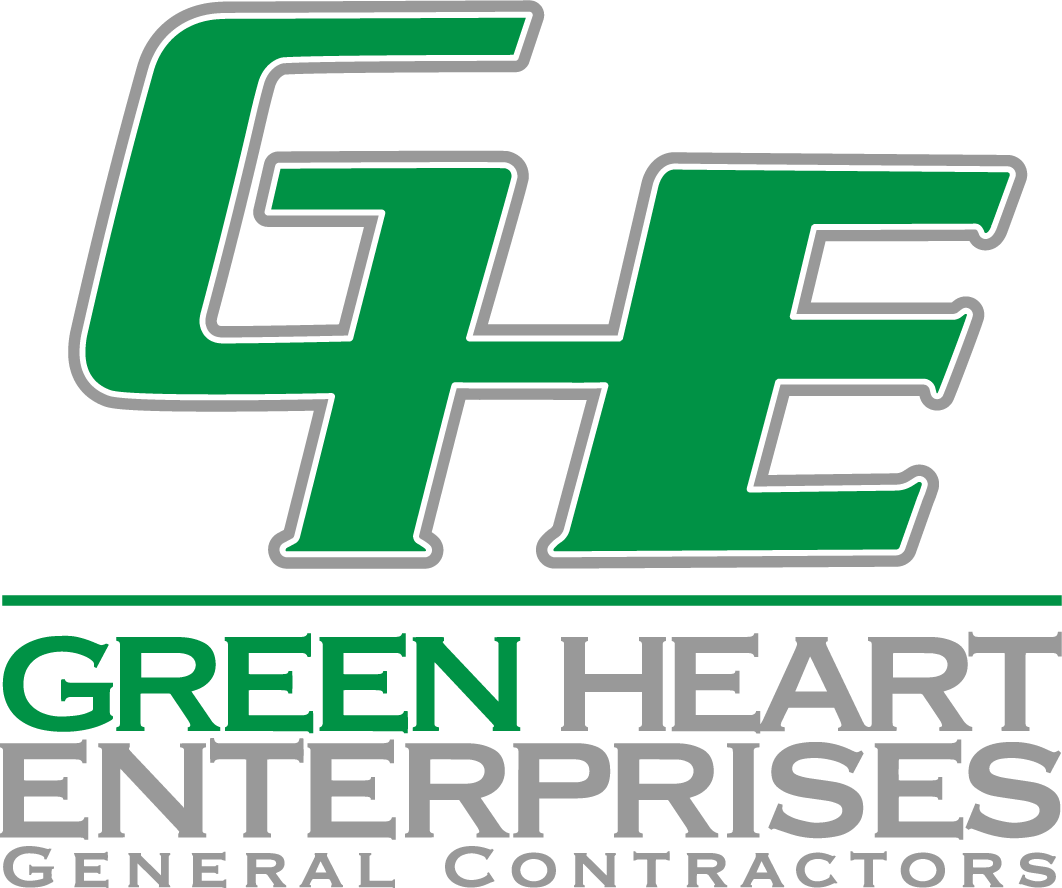Tenant Improvement Projects: Who Pays for What
The cost of leasing office space is more than just monthly rent: Businesses also have to consider build-out costs. And before companies consider making changes, additions or renovations to their existing or new commercial space to better fit their needs, it’s important to fully understand tenant improvement projects and commercial build outs.
Commercial space doesn’t typically come ready to support a business’s specific operational needs. It’s common for commercial offices to require some renovation work before they’re ready for occupancy. Some commercial spaces may need to be fully renovated, while others will require modest renovations or updates to bring them up to a company’s standards.
What is a Tenant Improvement Project or Commercial Build Out?
The term ‘commercial build out’ is often interchangeable with ‘tenant improvement project’.
At a high level, these terms describe all the work that will be done to make a property ready for a business to move in. As noted, these renovations can be as big or as minor as needed and the changes often focus on adding functionality and even personality to your business.
Configuring a space to fit a tenant's needs could include demolishing or removing existing walls, adding in walls to create defined spaces, new paint, upgrading utilities such as heating, ventilation and air conditioning, new flooring, or anything else a tenant negotiated with a landlord before construction. Items unique to a business such as office furniture or exterior signage are typically not included in commercial build-outs.
Each build out is unique to the business and the space. Do you need additional rooms such as a kitchen or waiting room? Do you need storage rooms or outdoor space even? When a tenant decides exactly what they need, it will be priced out and the final build-out cost will typically be quoted as an average price per square foot.
There are also a number of factors that ultimately impact the build out costs. Everything from a business's unique requirements - a restaurant or music studio, for example, may require more unique and expensive upgrades - to the condition of the property and current materials and labor costs will factor into the total cost.
Who Pays for What?
Tenant improvement costs are often negotiated as part of a lease agreement. These negotiations may result in a turnkey build out or a tenant improvement project with or without a tenant improvement allowance.
A tenant improvement allowance or TIA, represents how much a landlord is willing to pay or contribute towards the build out. Often a commercial real estate agent can provide tips on TIAs; specifically on the dollar values and legal terms. It is helpful to keep in mind everything is negotiable.
For a tenant controlled build out the tenant may choose to pay for most of or all of the renovations. In this case, the tenant is in complete control of the project but oftentimes the specific alterations still need to be mutually agreed upon.
In the case of a turnkey build out a landlord or commercial property owner may be willing to cover all of the costs of all of the changes a tenant requires. In this instance, they are providing a move-in ready space.
Are You Ready to Start Your Commercial Build Out?
Are you looking for a qualified and experienced commercial general contractor to deliver an exceptional interior build out? Contact Green Heart Enterprises today for superior commercial remodeling and tenant improvements.

